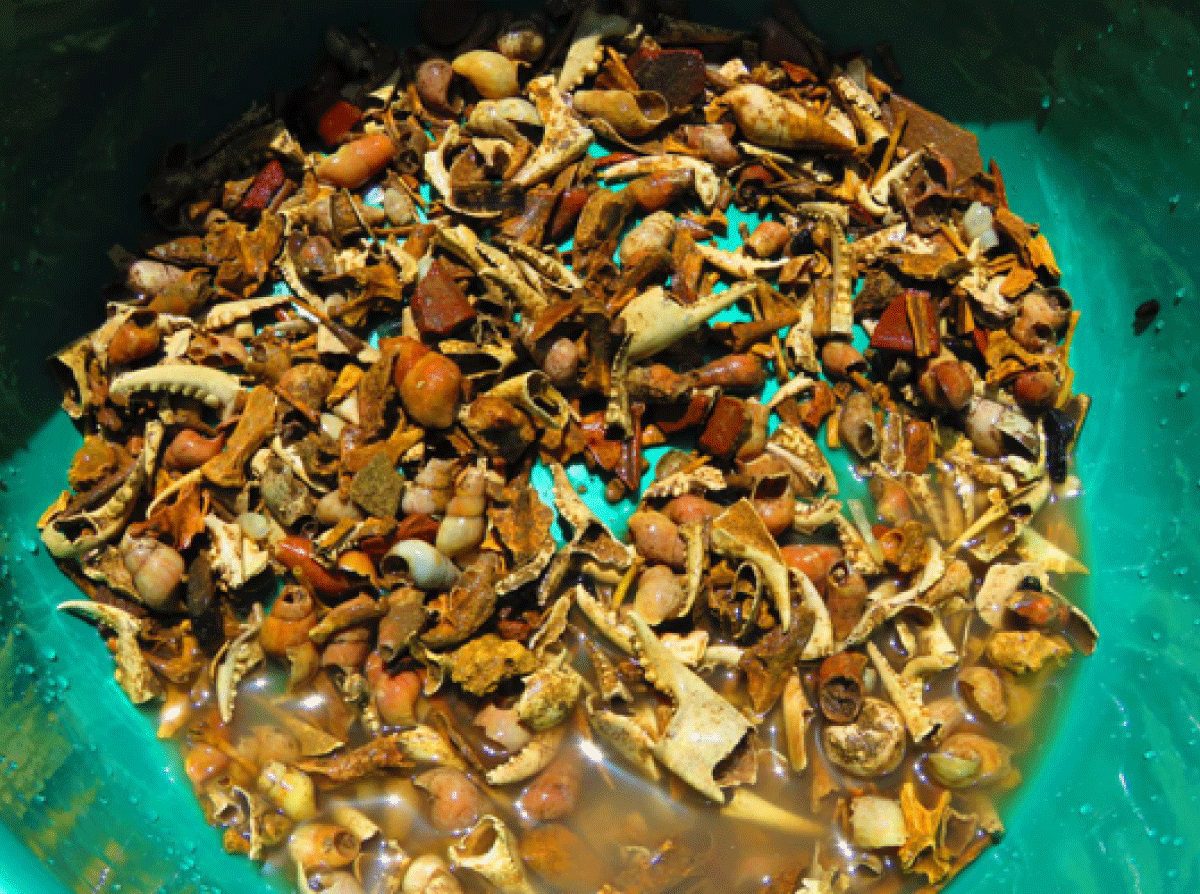Archaeologists have uncovered hundreds of animal remains placed as ritual deposits from ancient feasts in the Maya city of Palenque.
The discovery was made by researchers from the Palenque Archaeological Project of the National Institute of Anthropology and History (INAH), where the team found animal remains, coal, small beads made from shells and a green stone ritually deposited in the El Palacio (meaning palace).
El Palacio is the largest complex within the ruins of Palenque, likely serving as the ceremonial and administrative centre during the 7th and 8th century AD. The complex interior is a maze of 12 rooms or “houses”, two courts and the tower, a four-level square structure unique in the Maya world.
The context of the deposits correspond with having banquets, after which both the food and the used objects were placed in cavities and burnt. Activity such as this was done to ceremoniously start the construction of major building projects or for ritual events.

The remains from the deposits were identified by sieving, a process of sifting with water and floating material in which the researchers constructed two wooden supports with a narrow 1/8 inch mesh on the adjacent Otulúm stream.
A deposit was excavated in House B in the southwest corner of El Palacio. Sieving identified 17 species, 58% of which corresponds to fish, 19% to molluscs, 11% to decapods (crustaceans), 5% to birds, 4% to reptiles and 3% to mammals. They are recognised by their common name: the water mussel, the land snail, the apple snail, the freshwater crab, mojarras, tenguayaca, white bass, quail, white turtle, nine-banded armadillo, domestic dog, cervid and tailed deer. Another deposit located in House E contained 70% of identified species, consisting of 12% to fish and 10% to molluscs, whilst the lowest percentages are reptiles, mammals and birds.
The deposits indicate that the inhabitants of Palenque mainly exploited the resources of the nearby freshwater bodies such as streams, swamps, lagoons and rivers, such as the Michol Stream and the Catazajá Lagoon, or the Usumacinta River, the latter in Jonuta, Tabasco.
Header Image Credit : THP Creative – Shutterstock







